| Structure | Name/CAS No. | Articles |
|---|---|---|
 |
Copper sulfate pentahydrate
CAS:7758-99-8 |
|
 |
Methanol
CAS:67-56-1 |
|
 |
Formaldehyde
CAS:50-00-0 |
|
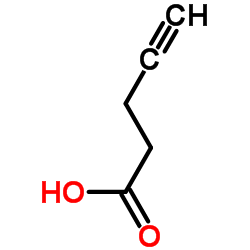 |
4-Pentynoic acid
CAS:6089-09-4 |
|
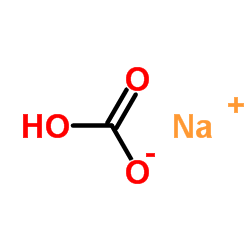 |
SodiuM bicarbonate
CAS:144-55-8 |
|
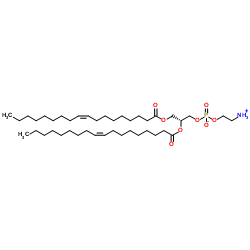 |
DOPE
CAS:4004-05-1 |
|
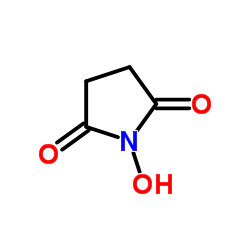 |
N-Hydroxysuccinimide
CAS:6066-82-6 |
|
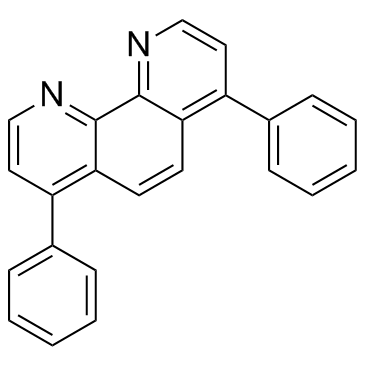 |
Bathophenanthroline
CAS:1662-01-7 |